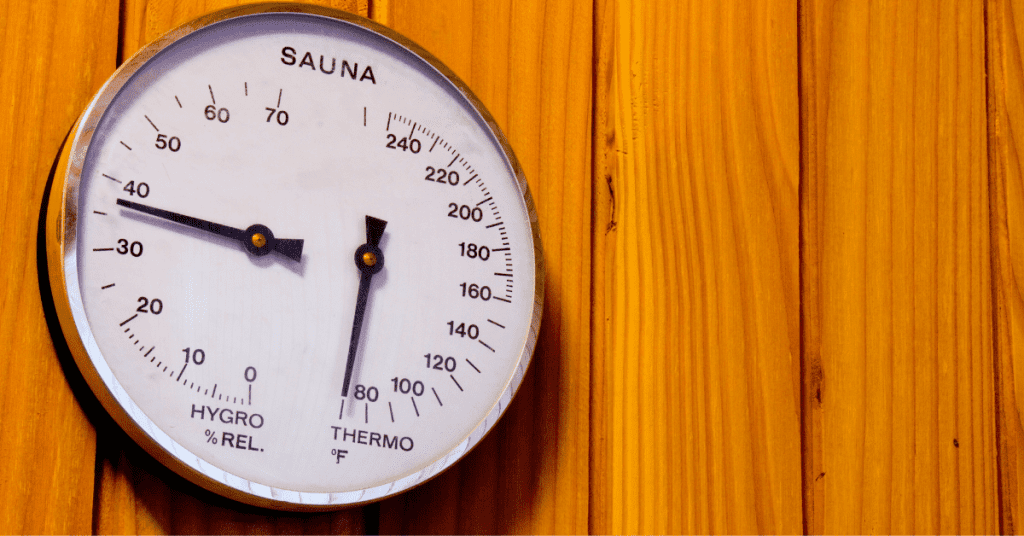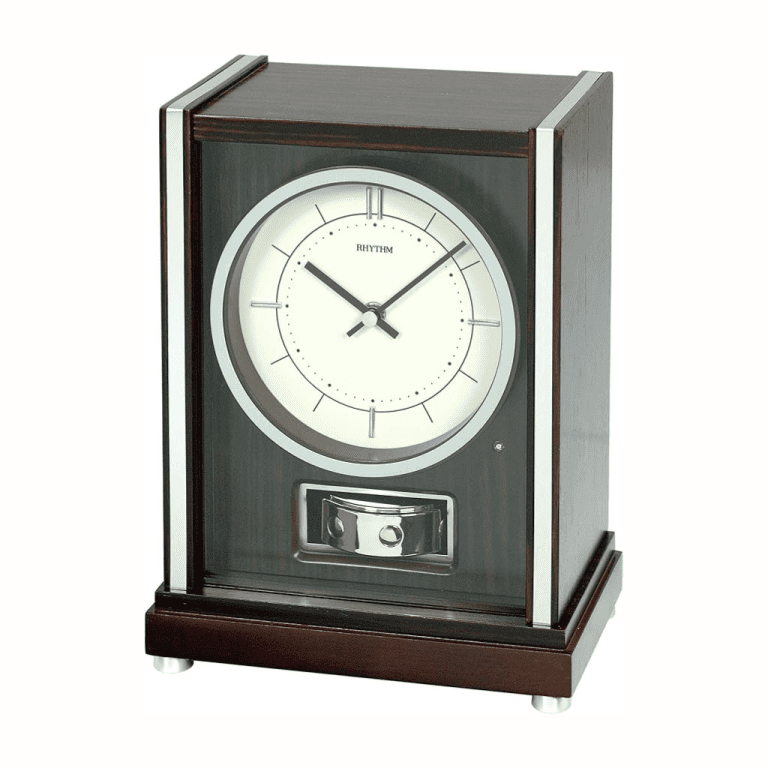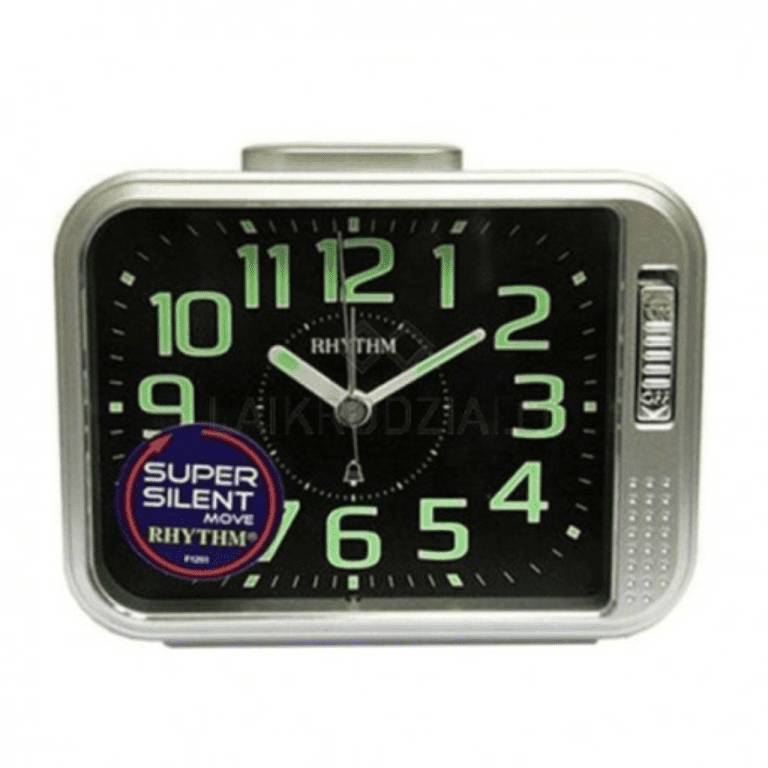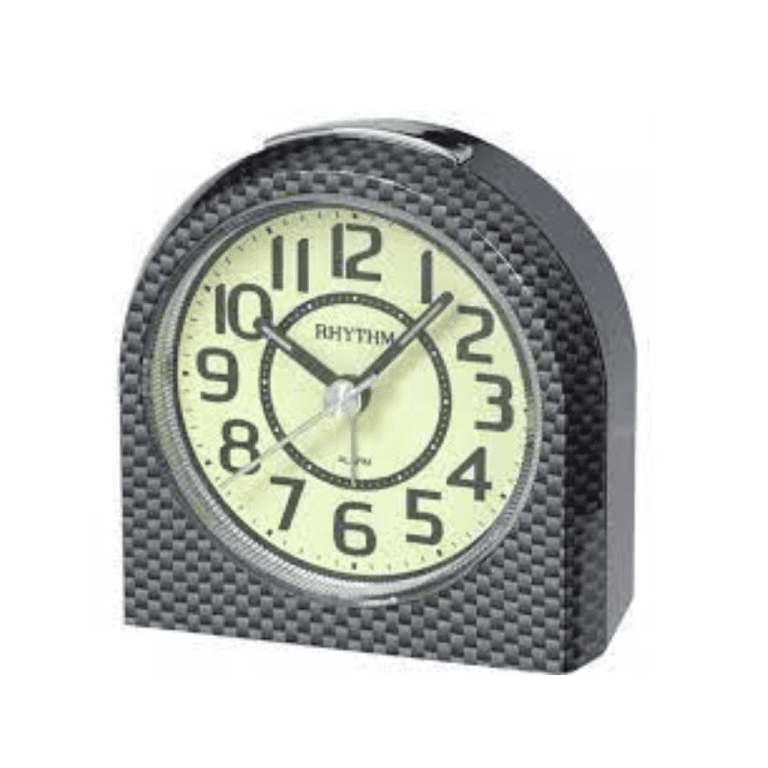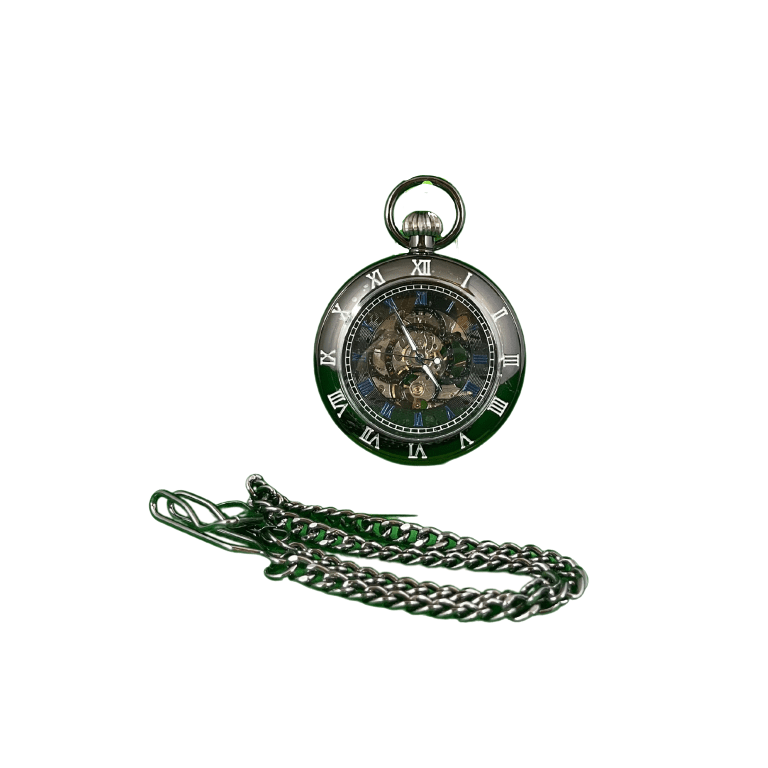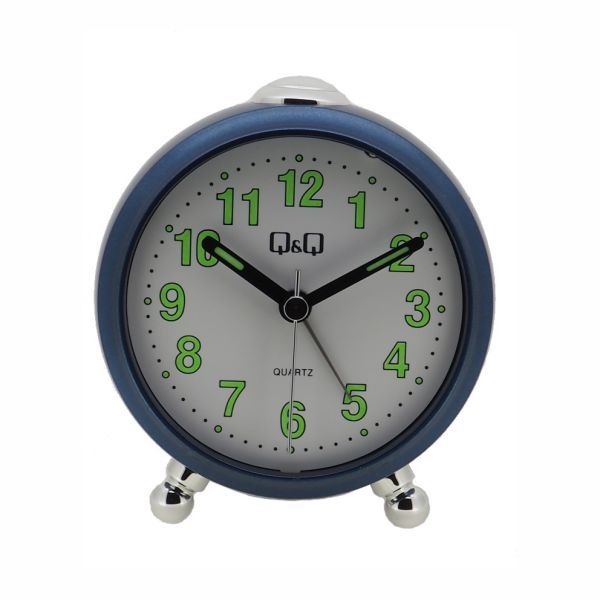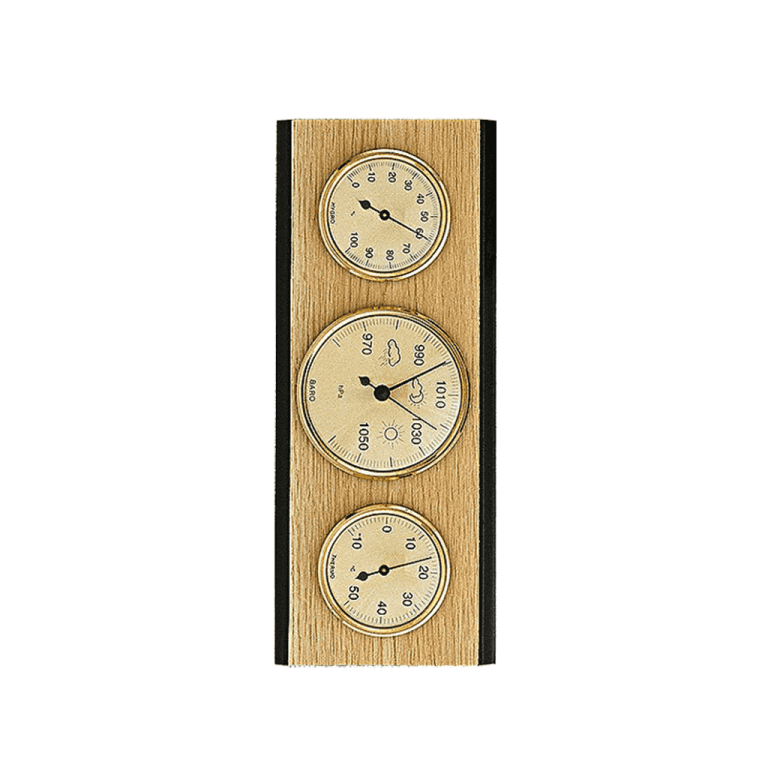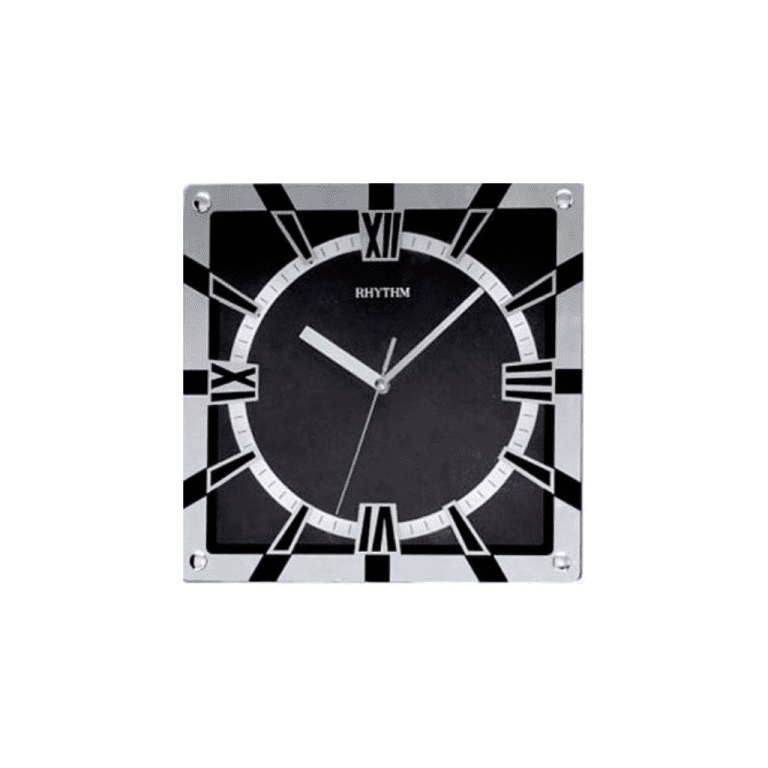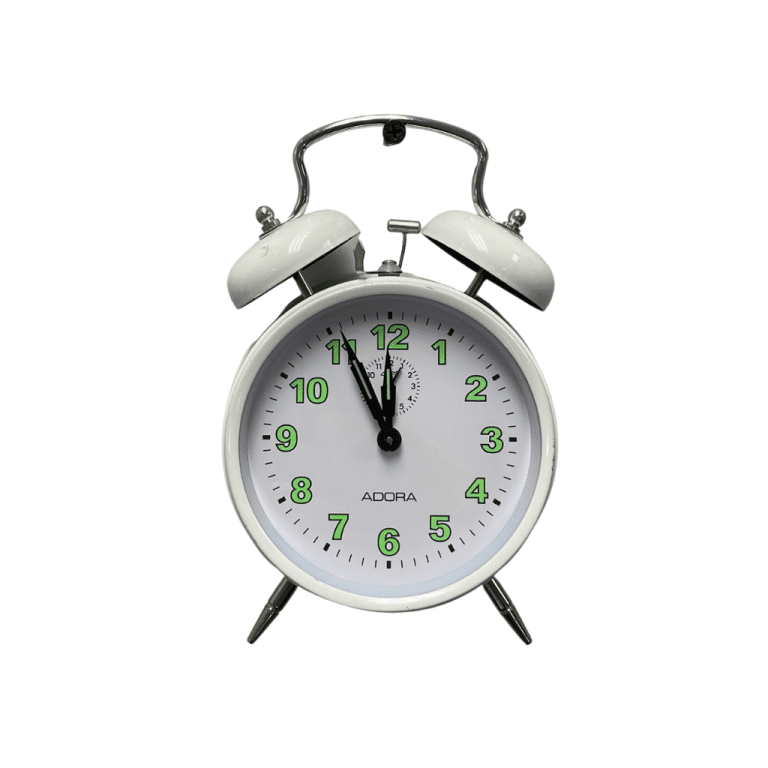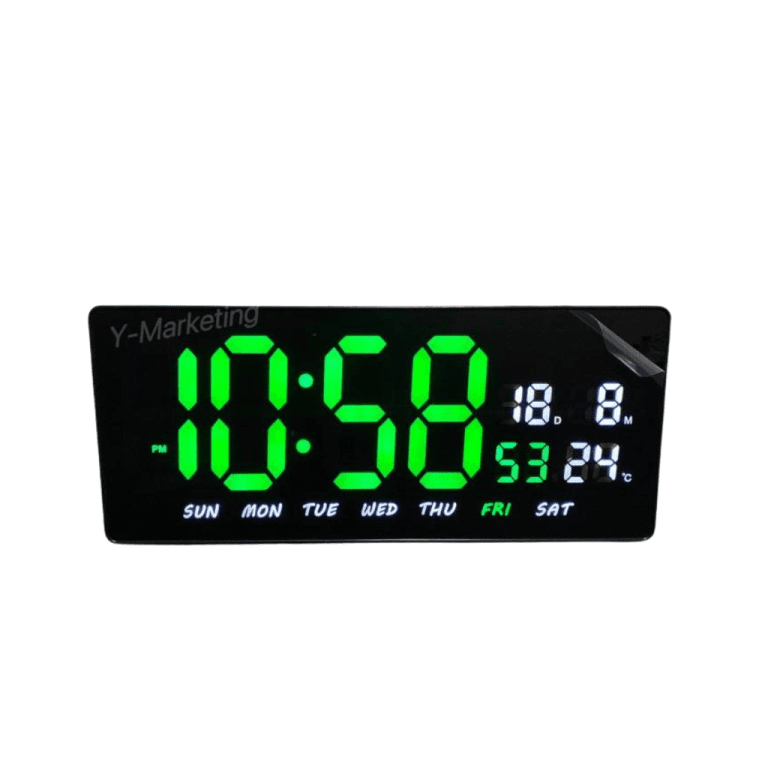Hygrometers are useful measuring instruments that you can use for finding out how much moisture there is in the atmosphere. The usual term for this unit of measurement is called relative humidity. By being able to determine the relative humidity in an environment you can use the information to achieve a comfortable and safe habitat for people, animals, or objects.
Some items are sensitive to humidity and the need to control the level of moisture in the air is a necessity. This is where the hygrometer becomes an essential and useful tool. Once the level of humidity is determined, you can install measures that will either decrease or increase the relative humidity of an environment.
So, what is a hygrometer? This guide will outline the various types of hygrometers available and explain how to read and calibrate them effectively.
What Does a Hygrometer Measure?
You can measure moisture content in the atmosphere or environment with a hygrometer. The measuring scale that is used is based on relative humidity which indicates how saturated with water the atmosphere in your environment is.
They are sometimes referred to as humidity meters, however, there is a difference between a hygrometer and a humidity meter. The latter is generally used for measuring moisture content in flooring or brickwork measuring how damp they are. The hygrometer is used for measuring moisture content in the air.
Uses of Hygrometers
Many industrial processes can be affected by humidity levels.
Hygrometers and humidity sensors are often used in medical applications where function can be distorted by excess or insufficient moisture. This includes incubators, sterilisers, and respiratory equipment. They are also used to monitor humidity levels when preparing various pharmaceuticals and to control humidity during the purification of chemical gases.
These instruments are also used to control humidity when producing paper and textiles, in food processing, and in film desiccation processes. They have numerous applications in agriculture, too, from dew prevention in sensitive crops to monitoring moisture content in the soil. Atmospheric moisture control is essential during the manufacture of semiconductors, and hygrometers play a critical role during wafer processing in this industry.
Domestically, these sensors are widely used to control atmospheric humidity in buildings, and they play a vital part in microwave oven cooking control.
How Does a Hygrometer Work?
There are many different types of hygrometers available and the way that they work does differ from one type to another. They all aim to show a measure of relative humidity in an environment.
Relative humidity (RH) is a percentage measurement of how much water there is present in the atmosphere. A relative humidity value of 100% is telling you that you have reached the maximum possible level of water saturation that the atmosphere can hold. A comfortable level of relative humidity at room temperature for humans is between 30 and 50%.
Modern electronic digital hygrometers often use a semiconductor sensor which measures the change in electrical resistance, electrical capacitance, or mass as it absorbs water from the atmosphere. The sensor will offer varying and proportional levels of resistance or capacitance depending on the water content that the sensor detects. Some electrical devices measure the exact temperature at which condensation occurs (the dew point).
This is then translated by the electronics in the device and will show you the value of relative humidity on a digital readout. There are also wireless hygrometers available that have a remote sensor or sensors that wirelessly communicates the humidity values to the base unit receiver.
Some of the older techniques for measuring relative humidity such as using a thermo hygrometer rely on the principle of evaporative cooling. You will find the digital hygrometer to be a more convenient and reliable method of measuring relative humidity than the glass bulb or thermo hygrometer.
What is a Thermo Hygrometer?
These instruments are sometimes referred to as glass bulb hygrometers or psychrometers. They are essentially two glass bulb thermometers mounted side by side. One of the glass bulbs on one of the thermometers is wrapped in a textile material which is constantly soaked in water. They work on the principle that heat will transfer far more efficiently from objects that are wetter (this is known as the evaporative cooling effect).
In practice, you will see a higher temperature shown on the dry bulb thermometer when compared with the temperature shown by the one where the bulb is soaked in water. As the atmosphere becomes wetter or dryer, the differential temperatures between the two thermometers will vary accordingly. The differential temperature value can be looked up from a printed table or chart which will show you the given value of relative humidity.
Sometimes a modern digital hygrometer that can measure temperature, as well as humidity, is also known as a thermo hygrometer. These should not be confused with the traditional glass bulb thermo hygrometer.
How to Read a Hygrometer
Modern electronic hygrometers can show you relative humidity values read directly from a digital readout. Some like the thermopro hygrometerswill also show a reading of temperature as well as humidity. You can also find hygrometers that can store values of minimum and maximum values of both humidity and temperature. These types are useful for monitoring an environment where values of humidity and temperature are critical and need to be maintained at certain levels.
Some digital hygrometers with the ability to read temperature values as well as humidity are known as digital thermo hygrometers. Details of how to use digital thermo hygrometer-type instruments can often be obtained from the user manuals that can be found on most of our product pages.
Credited To:https://uk.rs-online.com/

